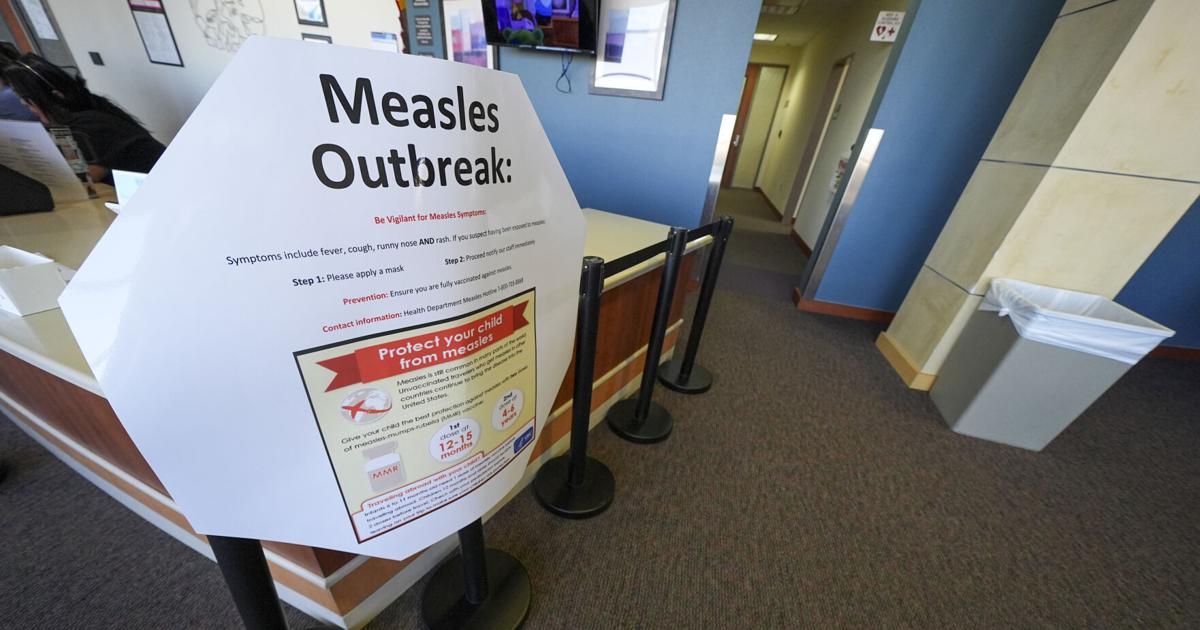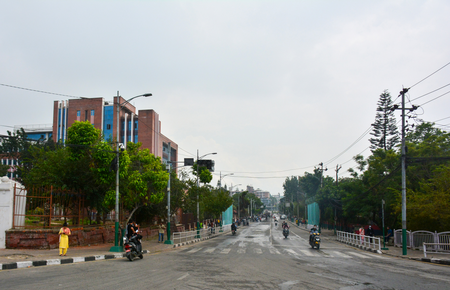
South Carolina saw its fourth measles case in 2025, and residents could be at increasing risk during upcoming travel because of ongoing outbreaks in the U.S. and abroad, the state epidemiologist said.
“This is a concern because we’re seeing now more cases in the last few months in South Carolina than we had previously seen in the last seven years,” said Dr. Linda Bell of the state Department of Public Health.
The fourth confirmed case, announced Sept. 26, is an Upstate resident who was unvaccinated and had no previous exposure to measles.
There was also no known exposure involved in the three previous cases. The state is not in an outbreak because that is when there are three or more associated cases from an infectious disease.
The first two measles cases in South Carolina, reported in July, were associated with each other. The third case was from someone who had traveled internationally to an area where measles is known to be active.
All four cases involve Upstate residents. All four people who fell ill are unvaccinated.
As of Sept. 23, there have been more than 1,500 confirmed measles cases in the U.S. in 2025, the Centers for Disease Control and Prevention reported. Among them, 92 percent were unvaccinated or their vaccine status was unknown, the CDC said.
The measles vaccine is highly effective at protecting against the virus, which is among the most infectious known to man. A single measles case can be expected to generate up to 18 other infections, studies have shown, and it is about twice as infectious as another easily spread scourge, chickenpox. The respiratory virus can linger in an enclosed area for up to two hours after an infected person has left and people can begin to shed virus, or become infectious, before the telltale rash appears.
The measles, mumps and rubella or MMR, vaccine offers 97 percent protection with a single dose and that rises to 99 percent with the recommended second dose, Bell said. Vaccination coverage of 95 percent of the people in a community and above is considered well-protected but the state has fallen short of that in recent years, ranging from 87 percent to 92 percent in different regions of the state, The Post and Courier previously reported.
The location of all of the South Carolina cases in the Upstate “seems to be coincidental,” Bell said. “But we do have concerns about higher rates of exemptions from vaccinations in the Upstate region.”
That region includes school systems with some of the highest percentages of students opting out of the state’s required vaccinations. While the statewide rate of religious exemptions was 2.4 percent in the 2023-2024 school year, Spartanburg County’s rate was nearly 6 percent and Greenville County had 4.3 percent, or collectively more than 7,000 kids, according to state records.
In areas of lower coverage, “that’s when we begin to see the risk of increased cases,” Bell said. Infections can have very serious consequences, from pneumonia to severe swelling of the brain from infection, which can lead to hospitalization and even death, she said.
The outbreaks across the country, and now also in Canada, raise the risks for people traveling outside the state as well.
People may have the “misperception that this is really not happening in South Carolina, but if they travel elsewhere, they can be exposed,” Bell said.



